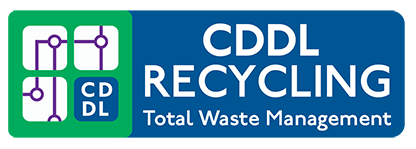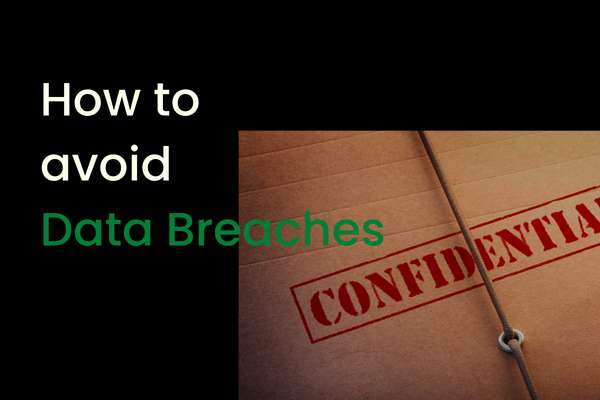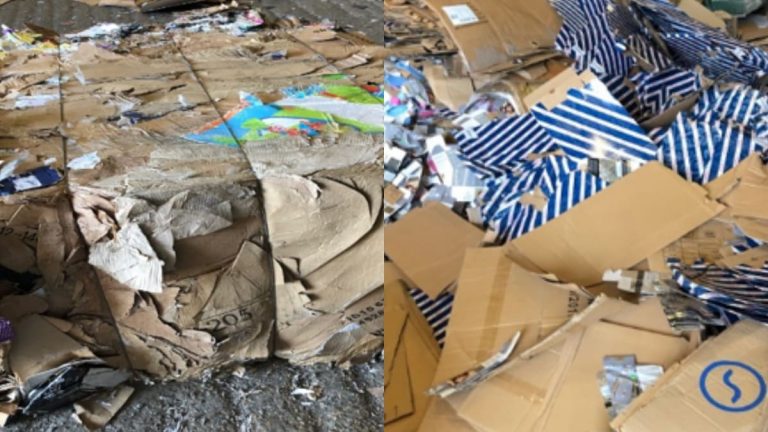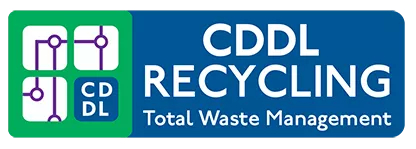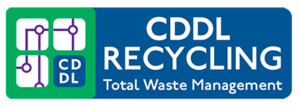5 Steps for a Successful Paper and Cardboard Waste Collection program in your office
Recycling paper and cardboard waste is essential for reducing the amount of waste sent to landfills and supporting sustainability efforts.
In the office, setting up a successful waste collection program can help to divert this waste from the landfill and promote environmental responsibility among employees.
In this blog post, we will provide step-by-step instructions for setting up a paper and cardboard waste collection program in your office, including tips for identifying a designated collection area, developing a plan for regular collection and disposal, and educating employees on the program.
By following these guidelines, your office can make a positive impact on the environment and support sustainable waste management practices.
The importance of recycling paper and cardboard
Recycling paper and cardboard is important for a number of reasons. First, it helps to conserve natural resources.
Making new paper and cardboard products from recycled materials uses significantly less water and energy than making them from raw materials.
In addition, recycling paper and cardboard reduces the amount of waste sent to landfills and incinerators, which can help to reduce greenhouse gas emissions and protect the environment.
Recycling also supports the economy by creating jobs and supporting the growth of industries that produce recycled products.
Finally, recycling can save money by reducing the need for new raw materials and reducing disposal costs for office waste.
Overall, recycling paper and cardboard is a crucial part of sustainable waste management and supports a healthy environment and economy
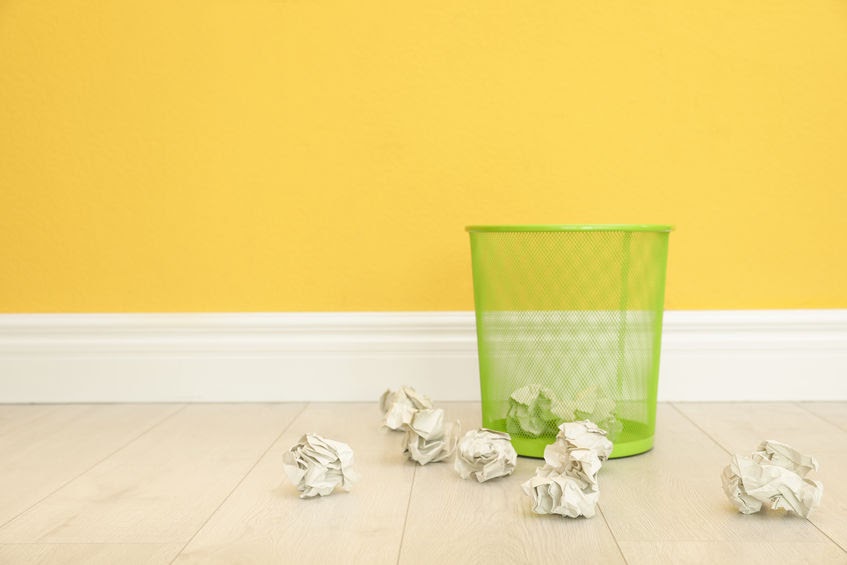
Benefits of setting up a paper and card waste collection program in the office
Having a designated space in the office will not only encourage employees to recycle their paper and cardboard waste but will also provide a convenient and organized way to collect and dispose of this waste.
Setting up an office-wide recycling program can also help to educate employees on the importance of reducing, reusing, and recycling materials, as well as creating a culture of sustainability in the workplace.
How to find the right recycling zone for your office.
1. Identify a designated area for collecting paper and cardboard waste
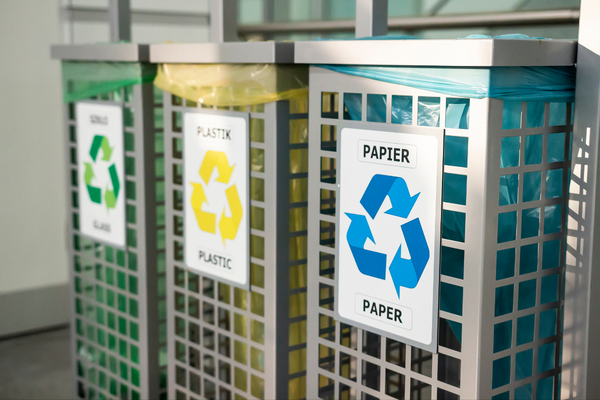
.
The first step in setting up a successful paper and cardboard waste collection program in the office is to choose a central, easily accessible location for collecting this type of waste. This designated area should be clearly marked with signs or labels that indicate it is specifically for recycling paper and cardboard.
2. Consider using labelled bins to clearly designate the waste collection area
In order to make it easy for employees to identify which items belong in the designated recycling zone, consider using labelled bins or containers.
This will help to encourage employees to sort their paper and cardboard waste into the appropriate container, making it easier for cleaning staff to collect and dispose of this material properly.
3. Develop a plan for regular collection and disposal of waste
Once the collection area has been identified and labelled, it’s important to develop a schedule for regularly collecting and disposing of paper and cardboard waste.
For example, you may decide to collect this waste once a week or on specific days of the month.
4. Consider partnering with a local recycling facility or waste management company
In order to ensure that the paper and cardboard waste is disposed of properly, you may want to consider partnering with a local recycling facility or waste management company.
This will help to ensure that all collected materials are recycled and reused properly, as well as provide financial incentives for your office to support sustainable waste management practices.
5. Educate employees on the program
The final step in setting up a successful paper and cardboard waste collection program in the office is to educate employees on how to properly sort, collect, and dispose of this type of waste.
Paper waste vs Confidential waste
When setting up your recycling zone it is a very good idea to include a confidential waste bin for items such as old documents, bills and bank statements. Confidential waste needs to be treated separately from paper waste to ensure data privacy and security.
As a business, you will have obligations towards keeping information safe and secure and one way to ensure this is to have confidential waste collected and destroyed by a specialist company.
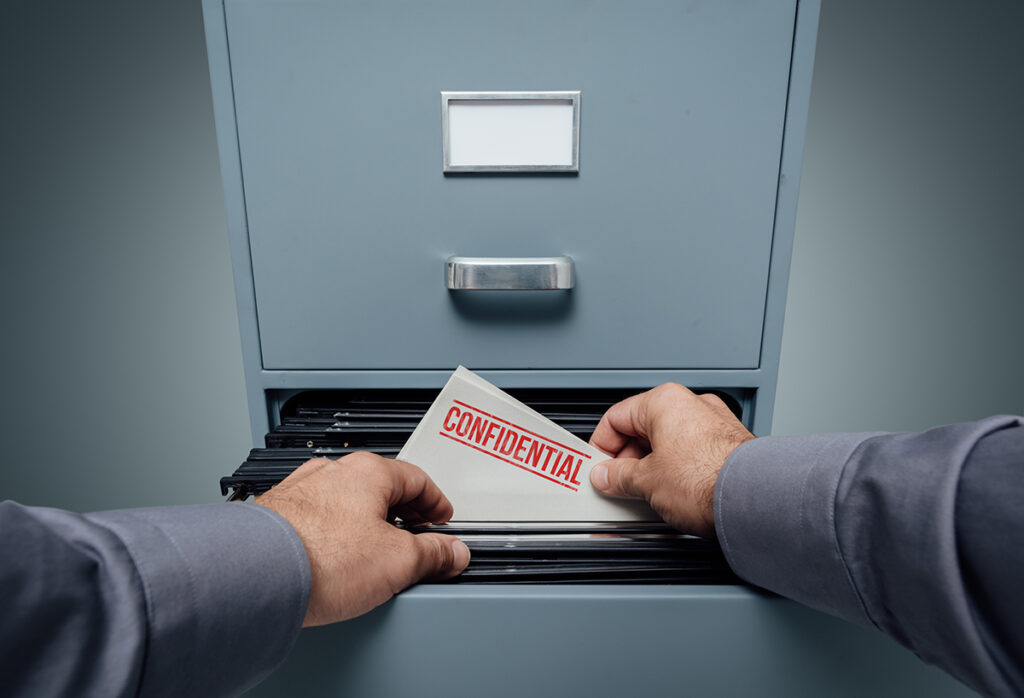
By following these steps, you can help to create a sustainable waste management plan for your office that will benefit both the environment and your bottom line.
Setting up a paper and cardboard waste collection program in the office is an important step towards creating a culture of sustainability and protecting the environment. By following these guidelines, you can create an effective program that will help reduce waste and support sustainable practices in your workplace.
With the focus very much on our environmental impact, setting up an office-wide paper and cardboard waste collection program is a great way to reduce your environmental footprint while also providing financial, social and educational benefits.
Thank you for taking the time to read this article, if you need help with paper and cardboard waste collection, please contact us to discuss how we can help you.
